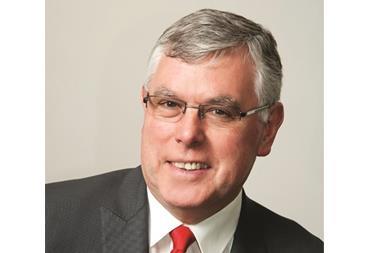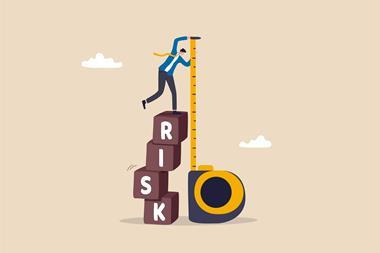New IRM chief executive urges the risk community to collaborate on professional standards and promote ERM across industry

Risk management is evolving quickly with the emergence of ERM risk managers, whose responsibilities may differ from the traditional insurance buyer. ERM could be enhanced with risk management standards, according to the IRM’s new chief executive Ian Livsey.
In his first interview since succeeding interim chief executive Jeremy Harrison at the beginning of February, Livsey gave a frank assessment of the professional status of risk management and its role in the corporate arena. Although Livsey is not a risk manager by background, he has extensive experience in working for and leading a number of professional bodies that provide standards and accreditation. It is this knowledge and experience that he will bring to the risk management community while at the helm of the IRM.
Livsey was previously chief executive at UK temporary labour licensing firm Gangmaster Licensing Authority and the Centre for Rail Skills, which sets national occupational standards for traction and stock maintenance.
He also chaired several organisations that provide professional trade standards and accreditation to practitioners, such as the UK government’s TrustMark organisation, which represents the repair, maintenance and improvement sector, and JTL, a non-profit charity that offers apprenticeships and training in building and engineering.
On the state of the risk management, Livsey is an advocate for ERM, an approach that has risen in popularity in the past 15 years. He believes the IRM has a responsibility to use its global position to communicate the benefits of ERM to the wider economy.
“The IRM has a central role to communicate to businesses [the value of ERM] and that taking an enterprise-wide approach will be achieved through people and not procedures. Procedures underpin what people believe,” he says.
Livsey says establishing standards for professional risk managers could help enhance ERM. The institute will launch a certification scheme in the coming months that will include standards of practice, behaviour and a code of ethics in a framework that benchmarks risk competence, and includes qualifications and continuing professional development.
The IRM’s plans pit it against FERMA, which is also aiming to launch a certification programme later this year. The association’s European certification programme of competence for risk managers will offer risk managers the opportunity to earn an European Certified Risk Manager certificate.
According to Livsey, the similarities between the programmes reflect a need to enhance the professional recognition of risk management and raise standards of practice and training. Moreover, he says organisations in the risk management community should adopt a collaborative approach.
“There will be offers from us to collaborate with organisations doing similar things,” he says.
“There is a need for the risk management community to work together. We are all going in the same direction and collaboration will avoid any confusion, augment what we are doing and help us all reach our goals faster.”
Whether Livsey’s appointment may usher in a more united approach, his enthusiasm for ERM and enhancing professional recognition for risk managers perhaps brings some gusto to discussions among the risk management community.




















No comments yet